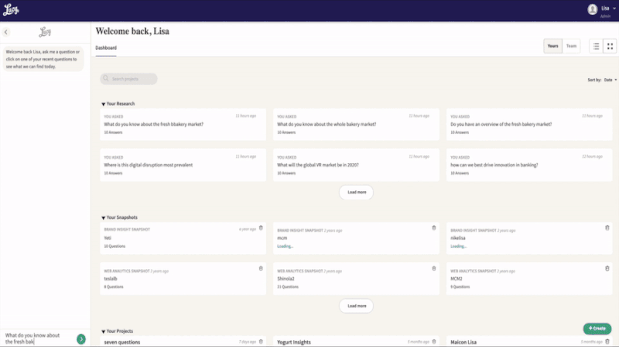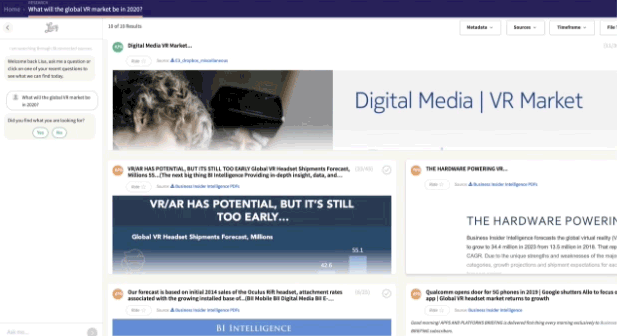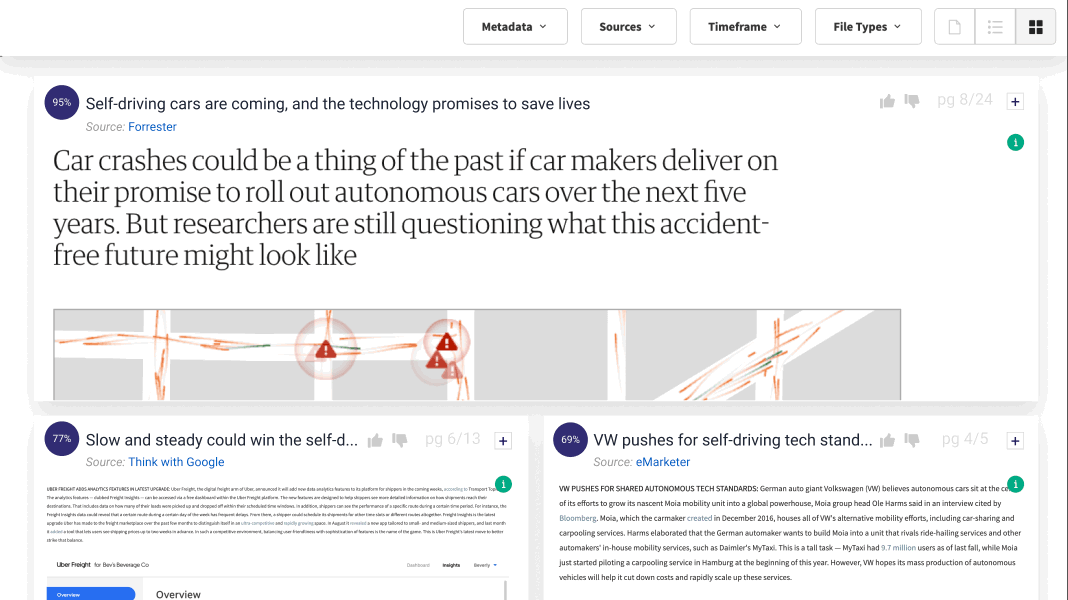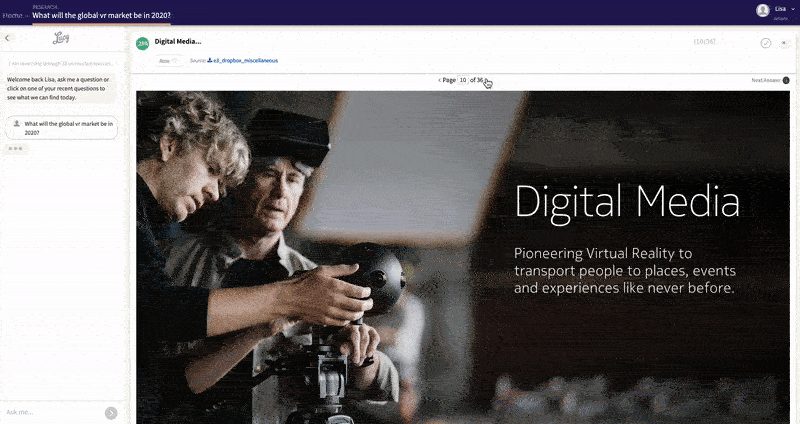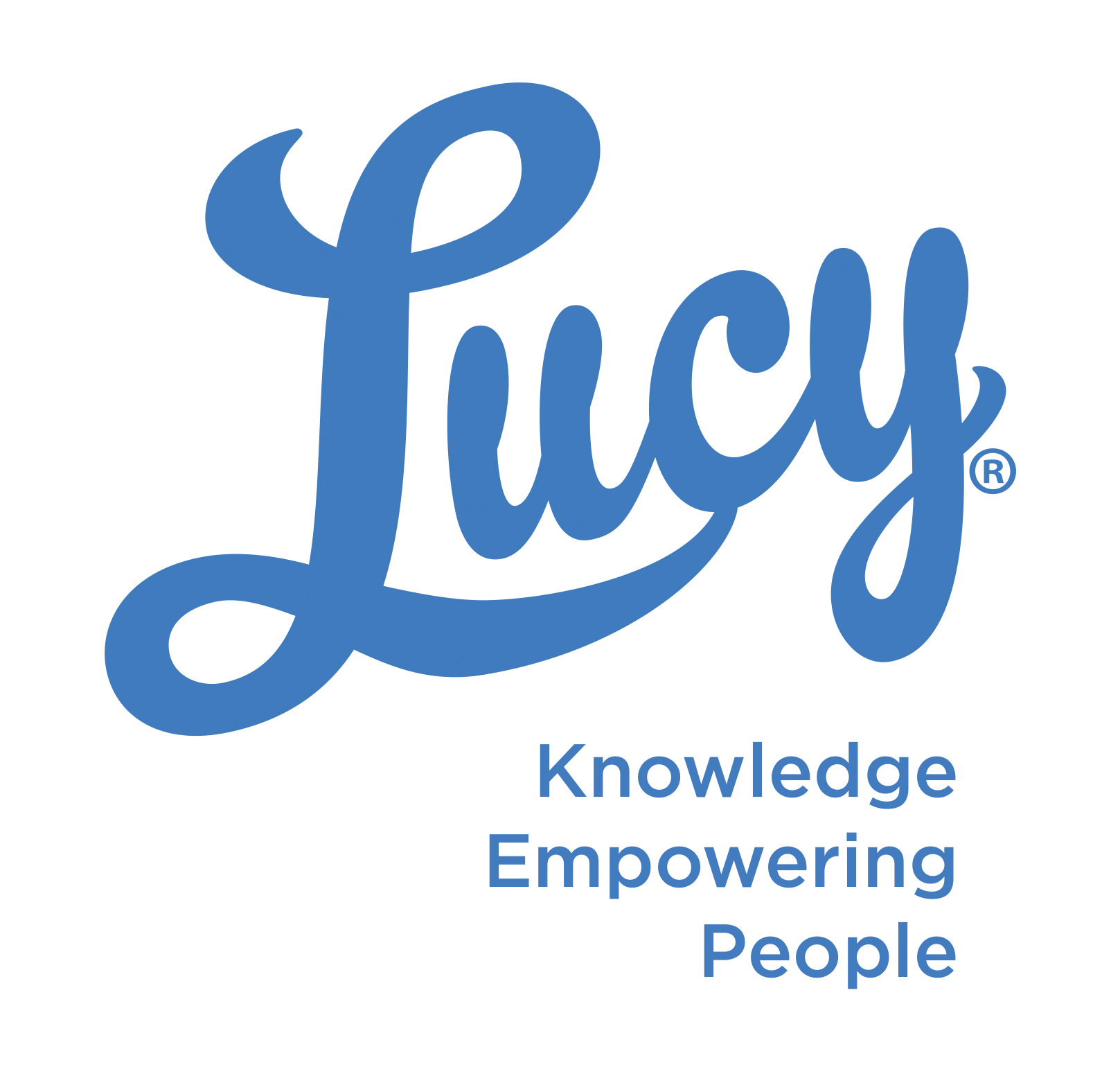White paper excerpt from "Closing the Information Gap How an Answer Engine® multiplies the value of your infrastructure and people investments"
The good news is that there is an easier way to get results: through an answer engine. It is worth briefly outlining the differences between three similar but different products; search engines, answer engines, and chatbots.
Search engines crawl, catalog, and rank content based on user input, providing myriad options from which the user can choose. Chatbots, by contrast, aims to provide the user with a single, correct option, and responds to queries via natural language processing (NLP), utilizing the knowledge base currently available to it. For the time being at least, chatbots will not take over the mantle of search engines just yet. As one executive put it in a February 2023 Enterprise AI article1: chatbots ‘understand language, [but] don’t understand truth.’ So how does this compare? The role of an answer engine, defined simply, is to provide nuanced, relevant, cited content that directly answers the user’s question. Answer engines fit somewhere in between the three technologies. You can think of them as more search engines in spirit, but with chatbot capabilities. This can, in one sense, be seen as an offering which is somewhere in the middle between a chatbot and search engine – but there is a lot more nuance involved.
Organizations of all sizes will have data stored in multiple repositories. During the course of your working day, for example, you could easily move from Microsoft products (Office, Teams, SharePoint), to CRM data in Salesforce, to specific collaboration apps for a particular project or niche, to documents stored in different formats (PDF). The larger the organization, the more complicated this network of data storage and tools looks.
Answer engines are therefore very good at uncovering insights from large volumes of unstructured data. Searching corporate file systems for something you need to know, or even knowing which system to search, can be a very inefficient process. Critically, the answer to a question may be in a non-conventional or difficult to search format, such as video. Therefore, unlike search engines which simply point you to a resource with the answer in it somewhere, or chatbots which can go deeper into problems but require a level of setup and maintenance to support, answer engines are able to problem-solve and answer a user’s question in the same way a colleague would.
An important aspect to feature is with regard to what happens once the answer engine has done its job. What do users do once they have found the answer? The result: several things, potentially. The user could take a quote from the document to share in an email, or put in a presentation. The next step in answer engines – which again differentiates them from chatbots and other enterprise search engines – is in this level of collaboration, where users can annotate, share, add context, reach out to an SME, and discuss the answers that are found with colleagues.
One of the values of an AI knowledge management tool is its ability to grow and learn over time, and become smarter with experience. The more data the software is exposed to, the more questions users ask and the greater the amount of feedback provided, the ‘smarter’ the system becomes. At the highest level, the applications of this can be truly impressive; an MIT2 study showed how a self-learning AI model was able to learn from patient data to design novel clinical trials. Yet for answer engines in particular, it is not just the AI which is learning. While it is worth pointing out that chatbots can help personalize and customize training for employees11, for example, it remains concentrated around spitting out the question-answer format. The depth of answer engines, however, means they can help employees better – and more efficiently – understand how to extract knowledge from their organization, which has wider-reaching organizational benefits. As Scott Litman, co-founder of Lucy, explains: “Part of it is managing [user] expectations, making sure they ask a good question, and also managing the expectations in that learning journey, that the AI is growing with them. If the AI misses, it’s a teachable moment, and it will be smarter tomorrow.”
Your technology will be smarter tomorrow. So will your employees. What does that translate to? A smarter organization, as previously dormant corporate knowledge becomes liberated.

